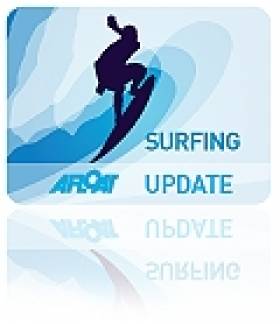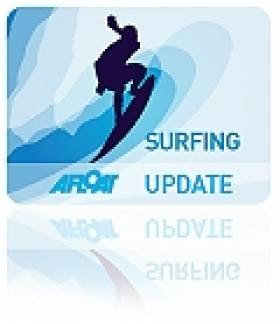Displaying items by tag: Northcore
'One Epic Day of Huge Surf' Caught On Film
#SURFING - A new short film tells the story of "one epic day of huge surf" at Mullaghmore Head, as Surfer Today reports.
The Northcore film 'Fathoms Left to Fall' follows some of the world's top big wave surfers as they converged on Co Sligo to take advantage of the swell, prompted by the extreme weather system known as the 'Viking storm'.
Among the Irish riders featured is 24-year-old Ollie O'Flaherty, who has been nominated for the 'biggest wave' prize in the 2012 Billabong XXL Big Wave Awards for his monster ride at Mullaghmore.
Also nominated for his outstanding effort at the Sligo surf mecca is Andrew Cotton, a Devon native who's no stranger to Ireland's big rollers.
Young Bundoran Surfer Joins Northcore Stable
#SURFING - Irish surfer Conor Maguire is one of the four new waveriders from the UK and Ireland to become part of the Northcore stable. In the vid below Maguire is mentioned at 2 minutes 11 seconds.
The Bundoran resident joins Sandy Kerr of Tynemouth, England, Craig Burrows of south Wales and Jersey's Charlotte Bayliss on the team heading into 2012.
The young surfer is already making a name for himself on the heavy waves of Ireland's northwest coast like the Peak, and regularly paddling into the meanest of Ireland's slabs such as Rileys.
Maguire is also starting to charge in the big swells, learning the tow-in craft from some of Ireland's most experienced big wave crews, including Northcore ambassador Richie Fitzgerald.
A Northcore spokesperson said of the recent additions: "Between them there's a huge amount of experience, style and skill. All of the riders are representing the very best of surfing talent from their respective home locations and all have achieved respect and recognition on a national scale."






























































